Optimal Timing for Blown-In Insulation
Determining the optimal time for installing blown-in insulations depends on climate, weather conditions, and project scope. Typically, installation is most effective during mild weather periods to ensure proper application and curing. Avoiding extreme cold or heat helps achieve consistent insulation performance and adherence.
Spring and fall are preferred due to moderate temperatures and lower humidity, facilitating better installation conditions.
Dry weather is essential; rain or high humidity can compromise insulation quality and application efficiency.
Installing insulation before extreme temperature seasons maximizes energy savings and comfort.
Scheduling insulation projects ahead of winter or summer helps prevent energy loss and maintains indoor comfort.

Ways to make Blown In Insulations work in tight or awkward layouts.
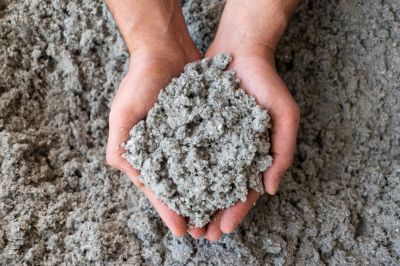
Popular materials for Blown In Insulations and why they hold up over time.
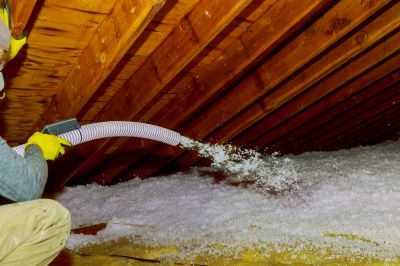
Simple add-ons that improve Blown In Insulations without blowing the budget.
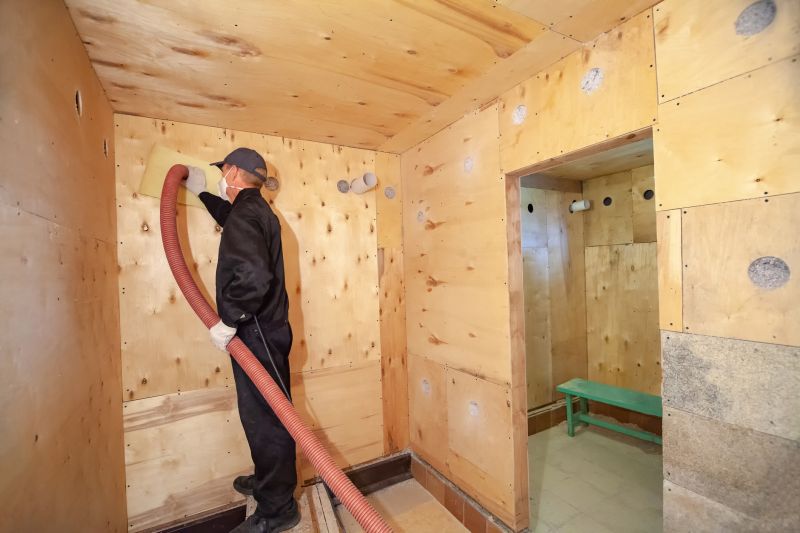
High-end options that actually feel worth it for Blown In Insulations.
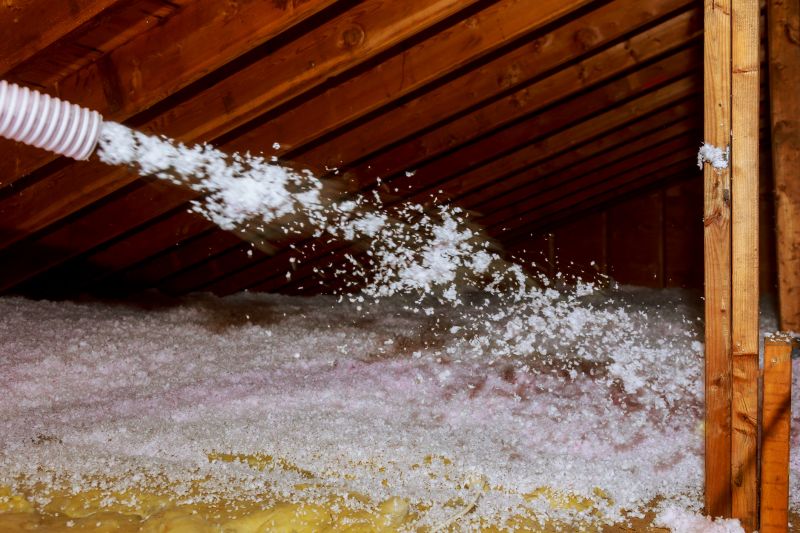
Finishes and colors that play nicely with Blown In Insulations.
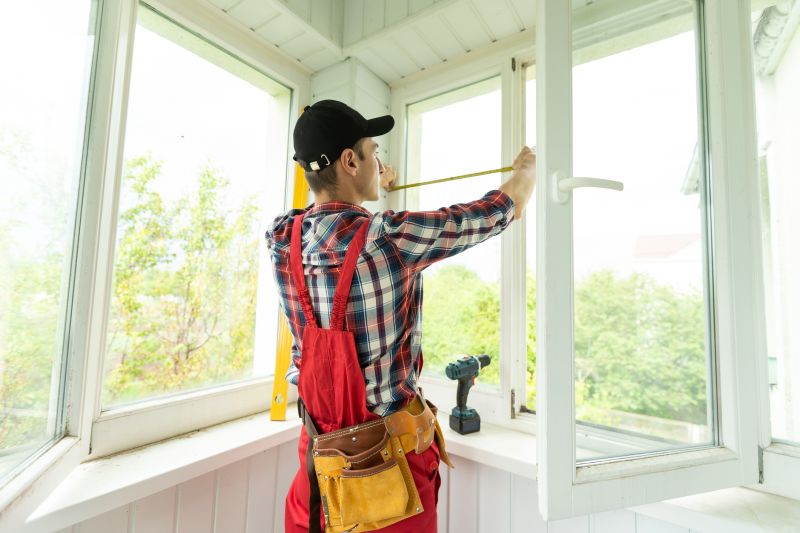
Little measurements that prevent headaches on Blown In Insulations day.
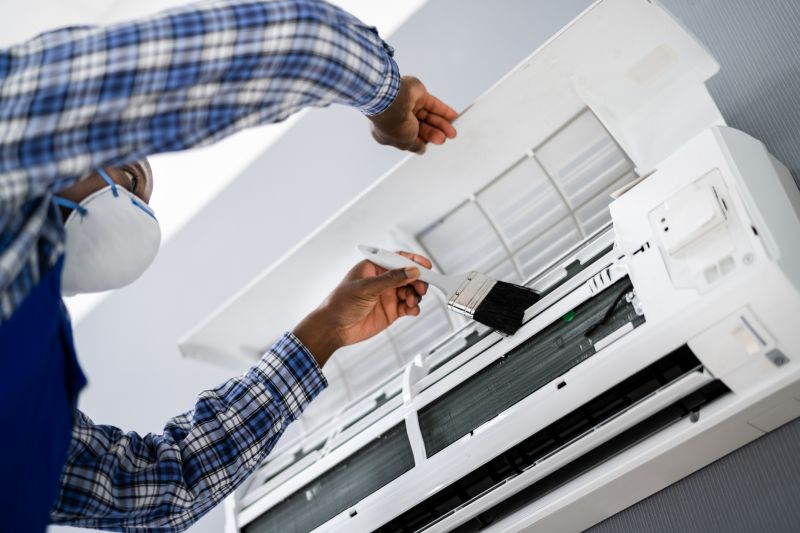
A 60-second routine that keeps Blown In Insulations looking new.

A frequent mistake in Blown In Insulations and how to dodge it.
| Season or Condition | Recommended Timing |
|---|---|
| Spring | Optimal for mild weather and lower humidity |
| Fall | Ideal for preparing for winter with moderate temperatures |
| Summer | Possible if temperatures are moderate and humidity is low |
| Winter | Generally not recommended due to cold and moisture risks |
| Post-construction | When weather conditions are stable and dry |
The effectiveness of blown-in insulation depends on correct timing and application conditions. Installing during suitable weather ensures optimal material settling and adhesion. Additionally, proper installation can improve indoor comfort by maintaining consistent temperatures and reducing drafts. It is essential to consider local climate patterns and seasonal weather forecasts to determine the best window for installation.
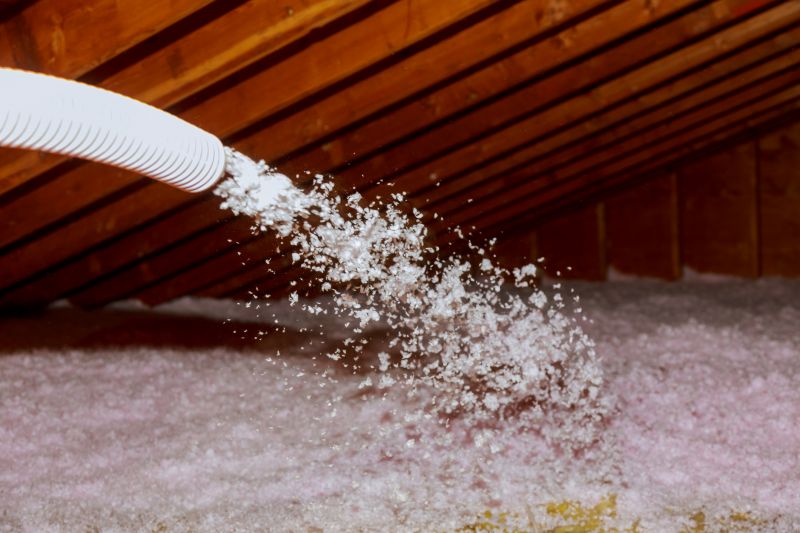
Small tweaks to make Blown In Insulations safer and easier to use.
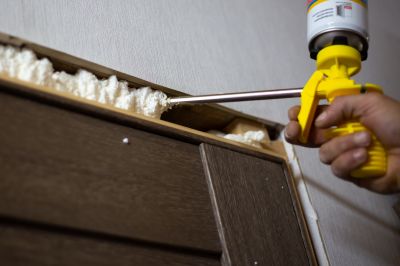
Lower-waste or water-saving choices for Blown In Insulations.

The short, realistic tool list for quality Blown In Insulations.
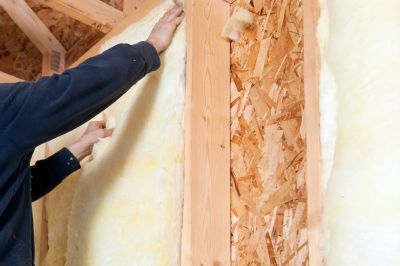
Rough timing from prep to clean-up for Blown In Insulations.

Quick checks and paperwork to keep after Blown In Insulations.
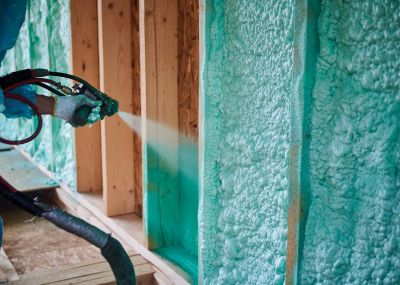
Examples that show the impact a good Blown In Insulations can make.

Ways to make Blown In Insulations work in tight or awkward layouts.

Ways to make Blown In Insulations work in tight or awkward layouts.
Individuals interested in enhancing their building’s insulation performance are encouraged to contact for more information. Proper timing and application techniques can maximize benefits, leading to improved energy efficiency and indoor comfort.



